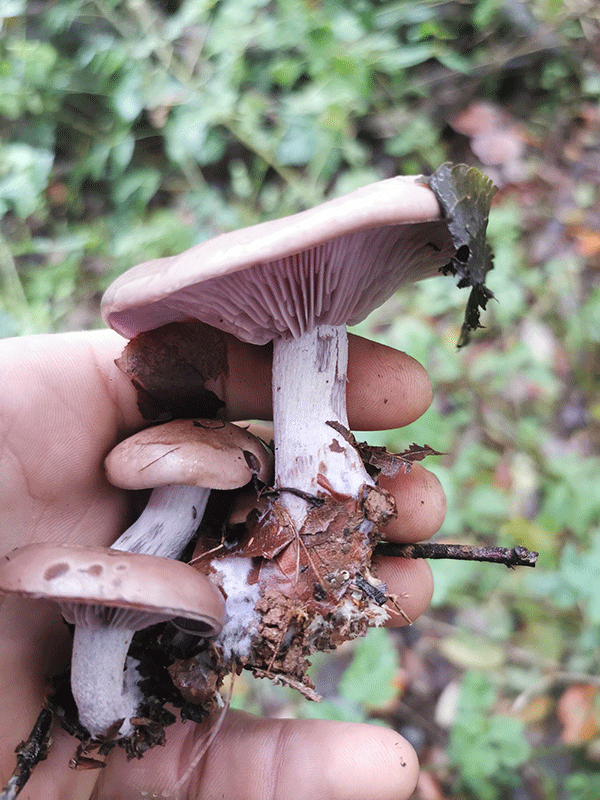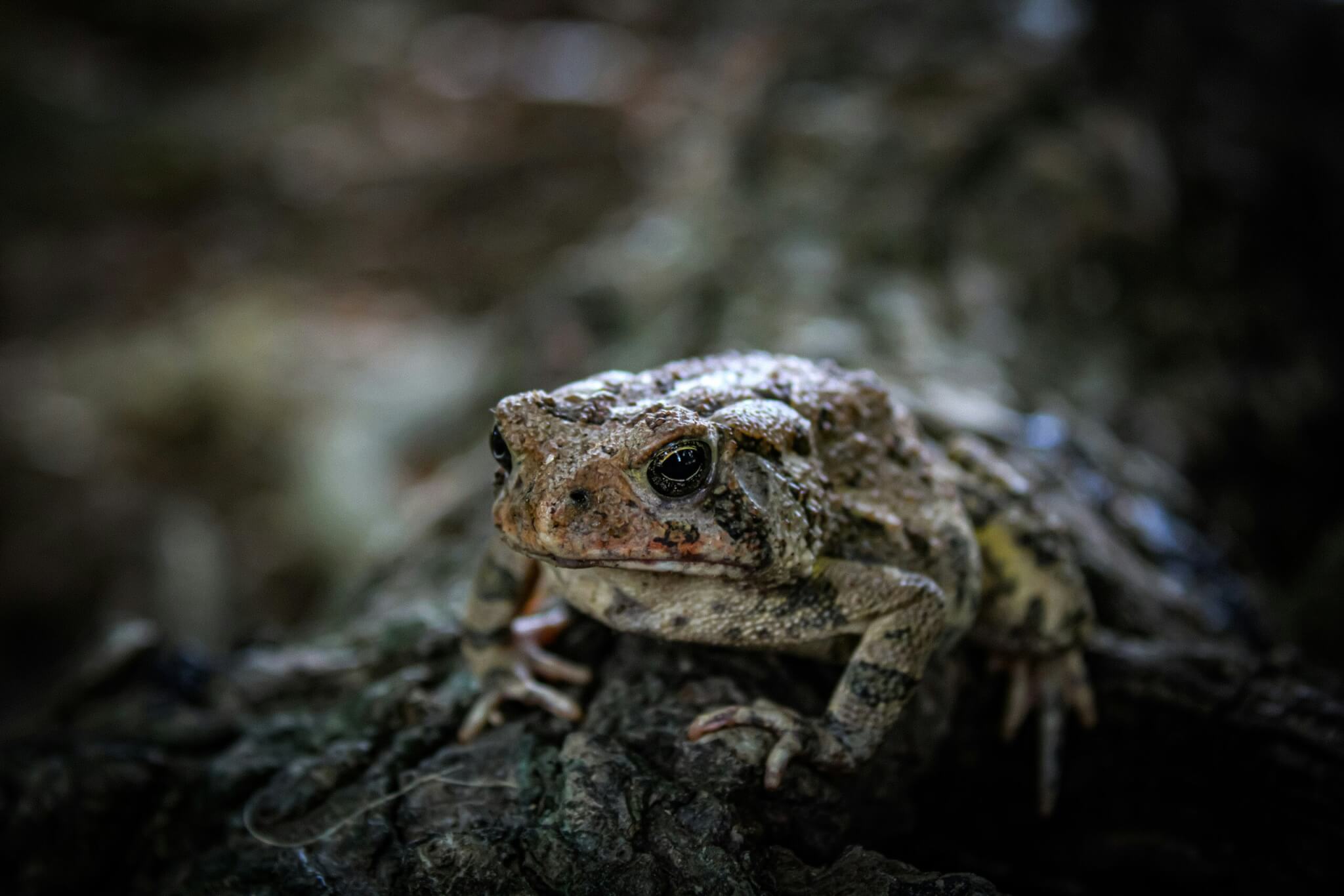It’s a cold, crisp November morning and after a disappointing pre-work forage with my dog as a companion, I find myself at the carpark outside work.
Only a few weeks ago, I was racing squirrels to the fallen hazelnuts and chestnuts on the ground. Adamant that I would find something delicious, and so far finding only a solitary, aptly named, death cap mushroom, I’d just about abandoned all hope of a free dinner.
I notice a likely-looking spot in the treeline opposite me and, with a few minutes to spare before the start of my shift, I clamber up the bank and bingo! Seven perfect examples of Clitocybe nuda.
Those of you unfamiliar with the Latin name may recognise its more common names: in English, Wood Blewit, or in French, Pied Violet. It’s a gourmet mushroom, adored by chefs, that needs nothing more than a sauté to turn it into a meaty, flavoursome meal.

That’s got me thinking, why forage? Why spend my mornings, with my head in a bush and, more often than not, explaining my presence to curious passers-by.
For me, it’s about sustainability, connecting and respecting nature and better still, free food that often costs a pretty penny in a fancy restaurant. I love nature, I love the planet we live on and it does and can provide well.
There’s something rewarding about gathering your own food that can never be explained in words. Visit our house in summer and you’ll find all kinds of things hanging over the mantle to dry: wild mint, wild rosemary and nettles, comfrey, herb robert, chamomile, and dandelion for teas and poultices.
Being engaged to a hedge witch has its perks. Did you know that Sambucol, that immune boosting cold remedy available in all good chemists, is actually elderberry syrup? We make our own.
It’s often been a thought of mine that, with a plethora of nutritious, delicious things available for the pot, why don’t more people forage?

Historically, this kind of knowledge would have been passed down from generation to generation and, admittedly, people lived very differently 50 years ago. There were certainly more wild spaces around. But somewhere, it seems, this knowledge has been lost.
I do bump into people occasionally who comment on how their parents or grandparents knew these things, nowadays the people who remember are often grandparents themselves, which makes me sad. I educate, where I can, and encourage those who show interest to learn more.
Nettle falafels, nasturtium dolmades and wild garlic pesto are among my favourite things to enjoy from nature’s bounty. Along with the sweet chestnuts, walnuts and hazelnuts that mark the beginning of Autumn.
A final note on mushrooms in the form of a quote from one of my favourite authors: “All fungi are edible, some are only edible once,” said Terry Pratchett.
It’s a reminder to do your research, never eat something you’re not 300 per cent sure on, and always reference three sources for identification.













I am looking forward to more blogs. I would be very interested to have done more knowledge on what a “likely spot” looks like